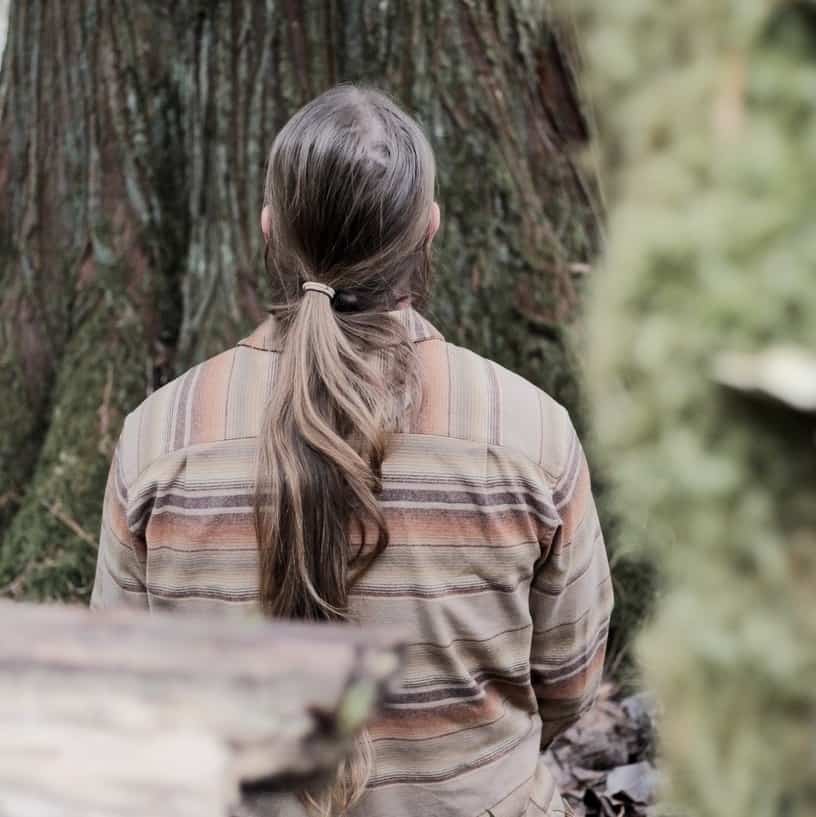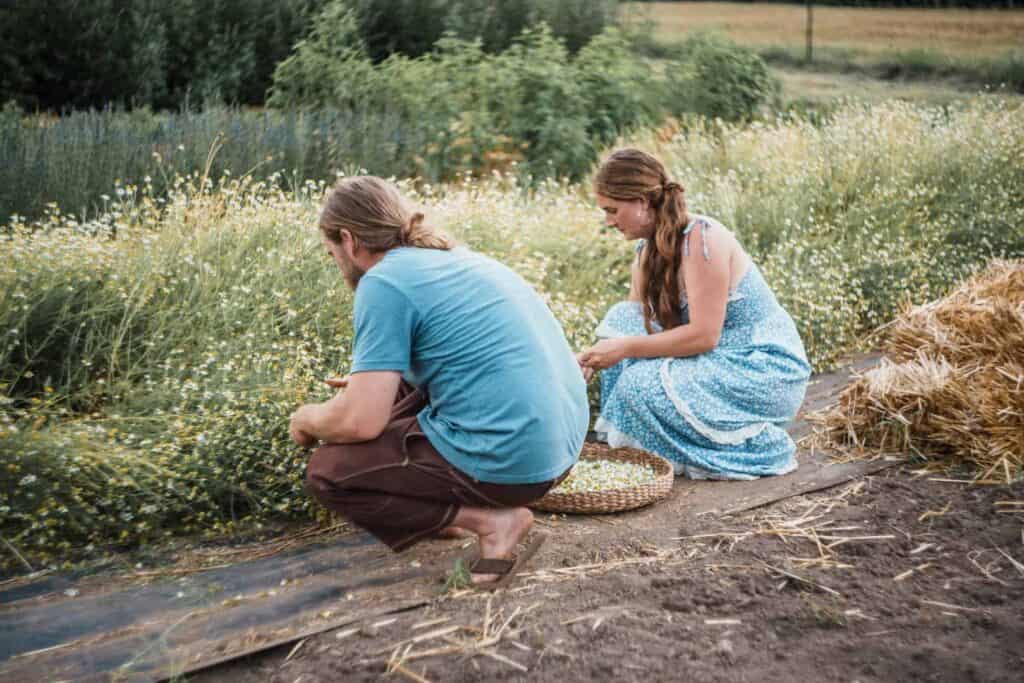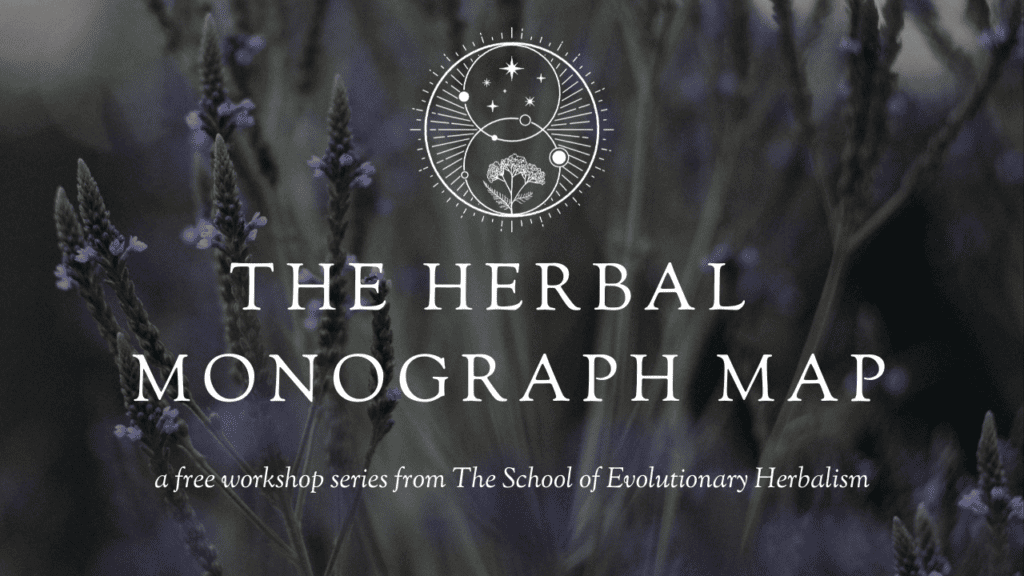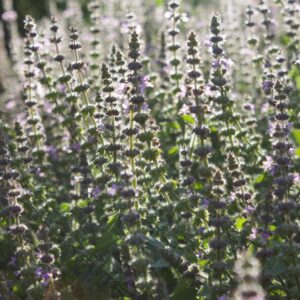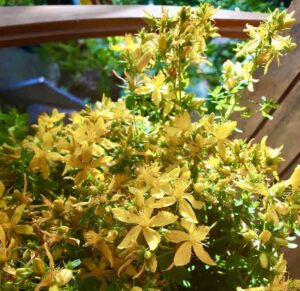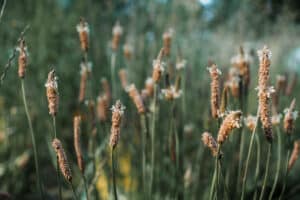I know the beginning of the year is when a lot of us take a step back and look at our lives from a greater perspective. Perhaps we’re looking back on the past year and thinking about what we’d like to change or do differently…
… Or we’re looking forward and planning out how we want our lives to look and resolving to make it that way.
Hopefully as an herbalist, you’re thinking about your plant path as well, and considering how you plan on taking your understanding of herbalism, people and plants to the next level so you can be a better practitioner.
The way I see it, there’s so much to learn as an herbalist that it never really ends. The pathway to herbal mastery is to always be a lifelong student. But sometimes it can be hard to know how to get there or where we need to focus our studies and practice.
This very special video was an issue of Materia Medica Monthly from a few years ago. But I think it’s so relevant to herbalists around this time of year I wanted to share it with you too.
Table of Contents
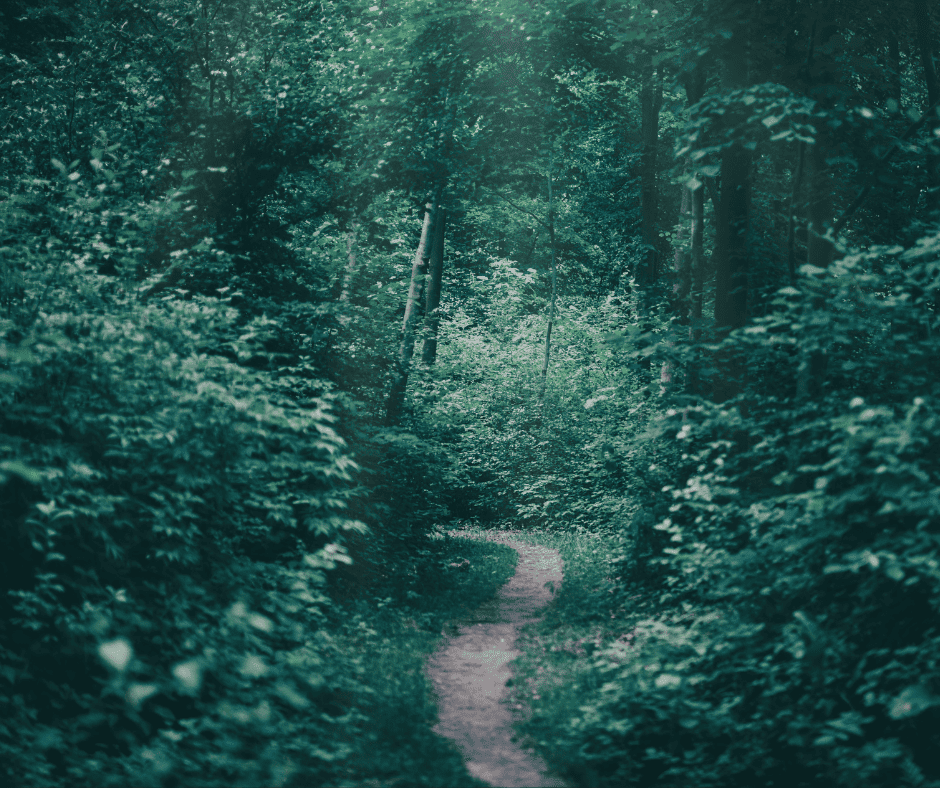
I remember being at an herbal conference and listening to a lecture given by one of my personal herbal heroes, Paul Bergner. The title of his class was “How to Become a Master Herbalist in 30 years or more.”
That really struck me.
It made me think about how to have an overall strategy to become a truly successful and effective herbal practitioner (Not to mention the amount of time we have to really put in to get there!). Oftentimes, it’s important to take a step back and look at our lives as a whole. As herbalists, we need to reflect upon our plant path to assess where we have been, where we currently stand, and most importantly, what our next steps will be.
I heard once that there’s a saying in Montana that goes, “the best time to have the map is before you enter the woods.” I think that can translate into a lot of areas of life. As herbalists, it’s critically important to have some sort of map— a framework— that will guide you towards learning the essential skills, strategies, principles, and practices that will make you an incredible herbal practitioner.
And there are a wide variety of ways to be an herbal practitioner. Perhaps you want to focus on wildcrafting, plant ID, and learning your local flora, or maybe you want to become an amazing medicine maker. Whether you want to reach a new level of health and vitality for yourself or you want to start seeing clients and being of service to your family, friends, and community, there are many ways you can be an herbalist.
Regardless of the scale of your herbalism practice, clarity is of the utmost importance. To me, clarity is knowing where you are, where you are trying to go, and what specific steps you need to take to get there. As herbalists, we all need to be clear within ourselves in regards to where our “weak spots” are, where we can improve our knowledge and skills, and what specific things we need to do to become stronger in our healing art.
As we straddle the ending of a new year and the beginning of a new one, this article will prove to be helpful at any point in time. My goal with this blog post is to provide you with tips that will assist you in moving forward on your plant path and enhance your skills as an herbalist.
Pick 12 Herbs to Study for the Next 12 Months
I always say that one of the best ways to become a better herbalist is simply through consistency of not only study, but of your personal experience with plants as well. A good way to go about this is by setting up some structures and boundaries around your research and experiential learning.
A simple way to do this is to select twelve remedies that you feel deeply called to, resonate with, or simply feel interested in learning more about. I encourage you to sit down and reflect upon them, write out the names of these twelve plants, and assign them a specific month of the year where you will focus on that one individual plant.
Preferably, you would select plants to work with that you have direct access to—meaning, that they grow in your garden, front lawn, or in the wild ecosystem where you live. Although this isn’t necessary, it’s certainly preferable. By choosing local plants that grow in their natural habitat, you can engage with them through your senses, sit with them, and harvest them by hand. However, if this isn’t possible, the next best option is to choose a remedy you really want to study.
During the month of working with that plant, here’s what I would suggest you do:
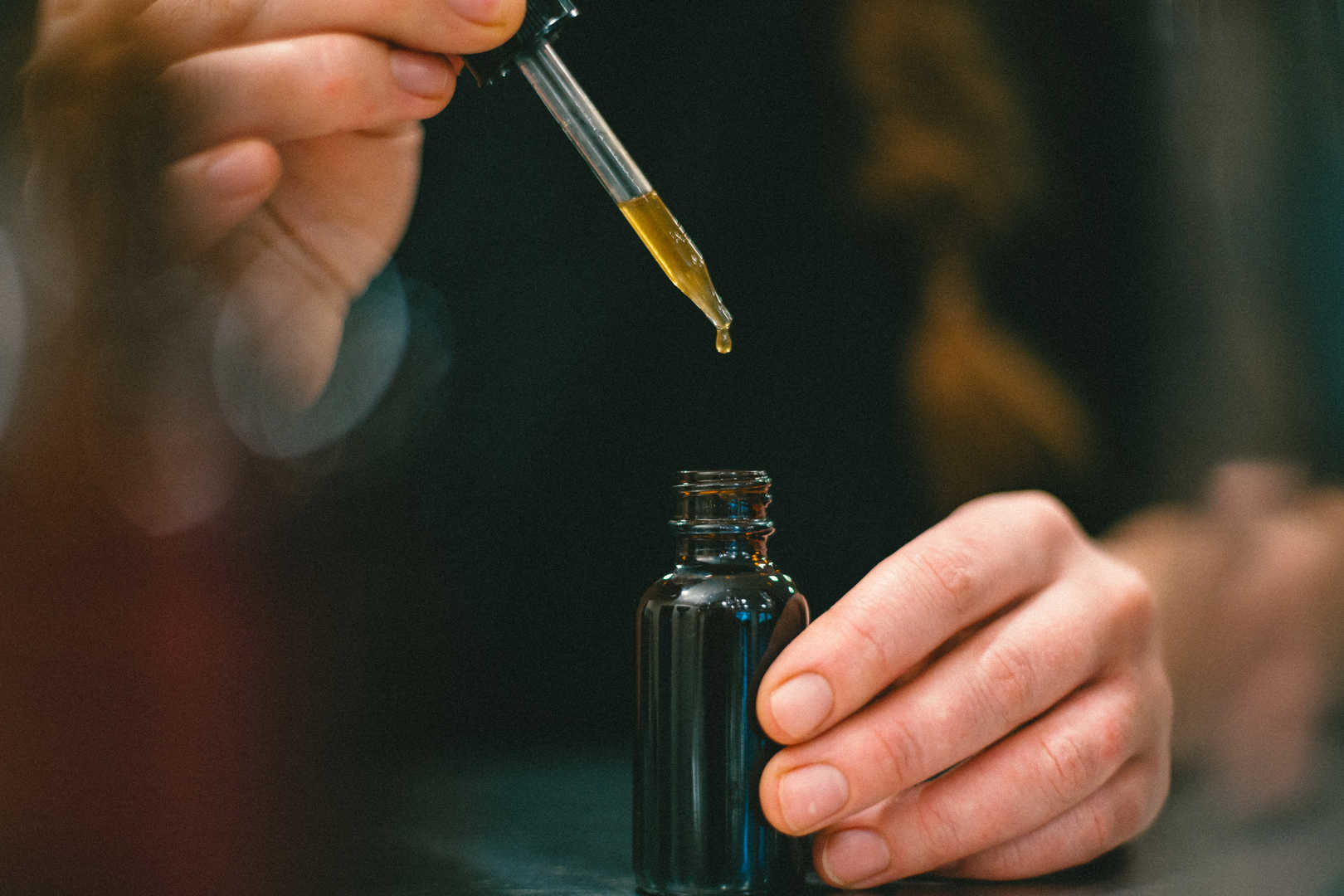
1. Daily Tasting
I cannot stress the importance of this enough. You do not want to collect knowledge and data about plants alone. You want to understand them. And the only way to move beyond knowledge and into understanding is by sharing a direct experience with the plant itself. By experiencing the herb and feeling it in your body, organ systems, and tissues, you draw the knowledge down from your mind and integrate it into your heart. Although this process takes longer than reading a simple chart, this is far better than opening a book and memorizing their properties.
When you taste the plant, sit with it for a moment. Perhaps you can create some sort of altar or special place in your home where you are free from distraction, can journey inward, and focus on the medicine you are taking. This practice is preferably done twice a day—once in the morning upon rising, and once at night before bed. Simply take ten to fifteen minutes to sit down, take some breaths, decompress a bit, relax, and take one to three drops of the tincture on your tongue.
Allow the flavor to suffuse your senses and to permeate your body. Become highly attuned to the intelligence of the plant as it touches your organ systems and tissues. Your mind will certainly wander and you will likely get distracted- but practice returning to the plant, return to the plant, return to the plant…
Sensitize yourself to what is happening in your body and acutely feel how your organ systems are responding to the herb. Simply become aware of how you are feeling. Although it might be easy to engage cerebrally with this experience, do not get lost in your mind and try to think about what is going on—just feel it. You can also attune yourself to any emotional or feeling tones that arise within your heart, memories that surface, or any insight and inspirations you receive.
The trick here is to discern what is coming from your mind and what is coming from the plant. Whenever you think you received something from the plant, you probably didn’t (because you were thinking) . . . you have to feel it, because that is how plants communicate. You must be authentically connected to the plant itself in order for the communication to occur, otherwise, you are in conversation with your mind and thoughts.
After ten to fifteen minutes, it’s good practice to take some time to reflect and journal about your experience. I suggest choosing a notebook that you will dedicate specifically towards your experience with plants and keeping it with you at all times—for you never know when a plant might reach out and speak to you.
Throughout the month, I suggest you also experiment with adjusting the dosage. You can begin with a low 1-3 drop dose, and perhaps by the end of the work up to 5 mL (of course making sure the remedy you’re working with is safe to consume in that larger amount). That way you experience the full spectrum of action of the plant in micro-low doses and significantly larger doses.
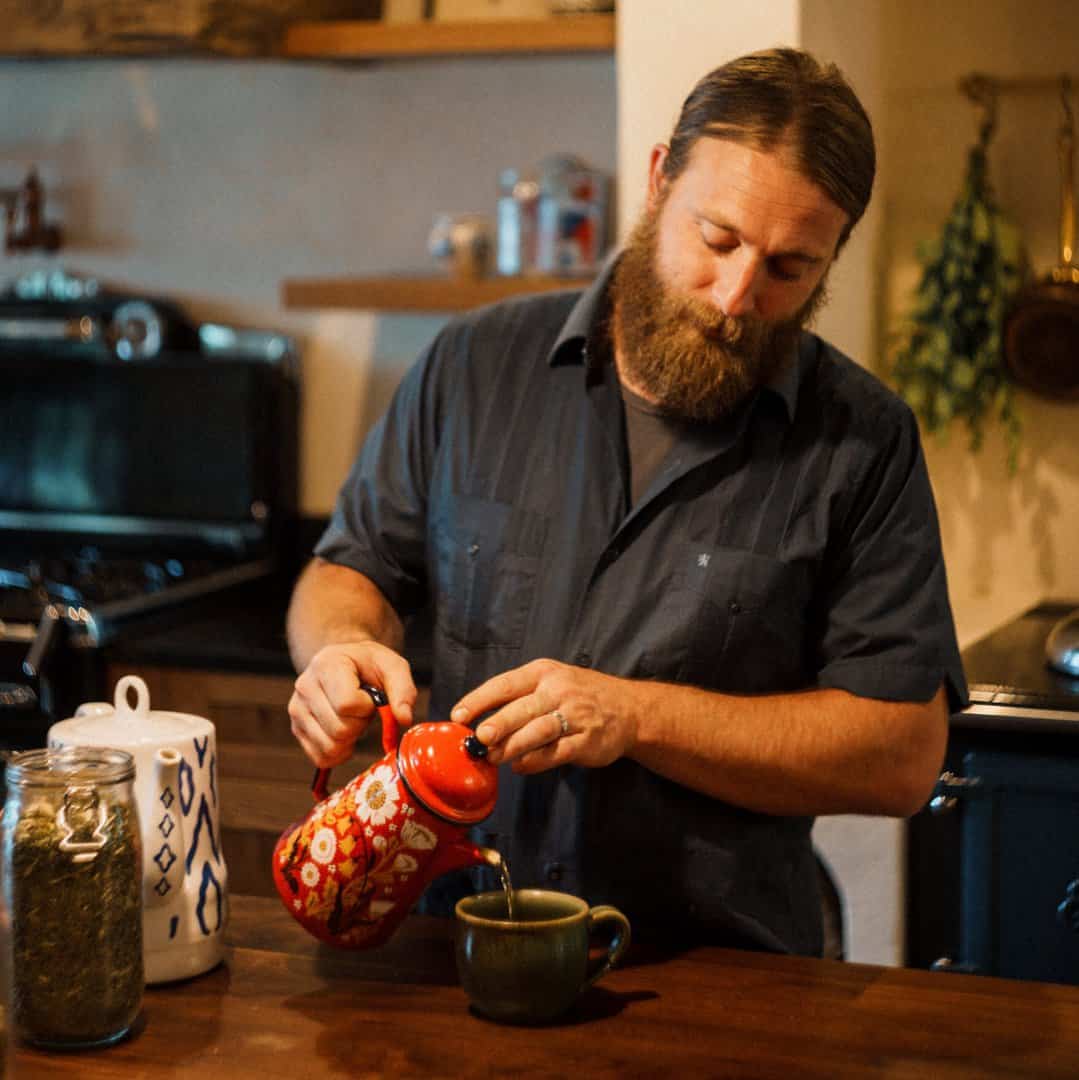
2. Prepare Medicine
Harvesting a plant yourself is best. However, if this isn’t possible, you can do your best to obtain high-quality wildcrafted or organic dried plants from a reputable supplier. A few places we get herbs from include: Pacific Botanicals, Oshala Farm, NatureSpirit Herbs, and Michael Pilarski (Friends of the Trees).
In this step, you want to practice preparing your specific plant as a medicine. I suggest preparing a tincture of the herb via a simple maceration. I also encourage you to make both infusions and decoctions of the plant to compare the difference in potency.
Experiment with small and large amounts. How do the results differ when you combine one teaspoon of an herb with eight ounces of water versus adding one tablespoon or five tablespoons? What’s the difference when you simply pour hot water over the herb to infuse it versus decocting it for fifteen minutes? What’s the difference between decocting it for thirty minutes versus eight hours?
The only way to know is to try it out for yourself. I encourage you to journal and reflect upon these different preparations and determine what you feel yields the strongest preparation.
This part goes in conjunction with step one: Tasting the herbs daily. Don’t just taste the tincture, taste all forms of the medicine. When you ingest the medicines that you’ve prepared, do so in a meditative fashion so that you connect with the plant directly through your experience rather than through your mind.
3. Plant Sits
If you’ve chosen a plant that grows in your local bioregion, take the time to go out and sit with it. Observe the plant in its natural ecosystem, attune your senses to the plant, trace the outline of the plant with your heart field, and sensitize yourself to its unique diction and syntax. Pray to it, talk to it, and make offerings. Remember that these plants are alive, sentient, and intelligent and that the true herbalist knows not only their remedies, but has a deep connection and relationship with them as well. This is by far one of the best ways to establish and deepen vital relationships with your medicines.
Another way that you can powerfully and spiritually connect with plants is by consciously dreaming with them. You can practice this by placing some of the plant beneath your pillow at night before sleep and speaking with the spirit of the plant that you’d like to dream with. Talk to it like you would a person and set a clear intention to dream with the plant and to remember those dreams upon waking. This process takes time, but with patience, discipline, and diligence, you can experience otherworldly results.
An important note here is that when you dream with a plant, it won’t necessarily appear in its spiritual form saying, “ I am the spirit of Holy Basil, let me teach you all of my secrets!” Unfortunately, it’s not always this clear. A helpful way to view this process is that the plant will “bring you a dream.” This means that the nature of your dreams may reflect the qualities, characteristics, and properties of that plant.
Dreams communicate meaning through symbols and signatures that often require deciphering. The most important thing is to ensure that you are authentically connecting with the plant via prayer or communication to establish this relationship. Otherwise, you might have dreams that are processing your day and project that onto the plant . . . not good. This is a slight risk of working with plants in this way; you have to learn how to discern what is coming from the plant and what might be your own projections.
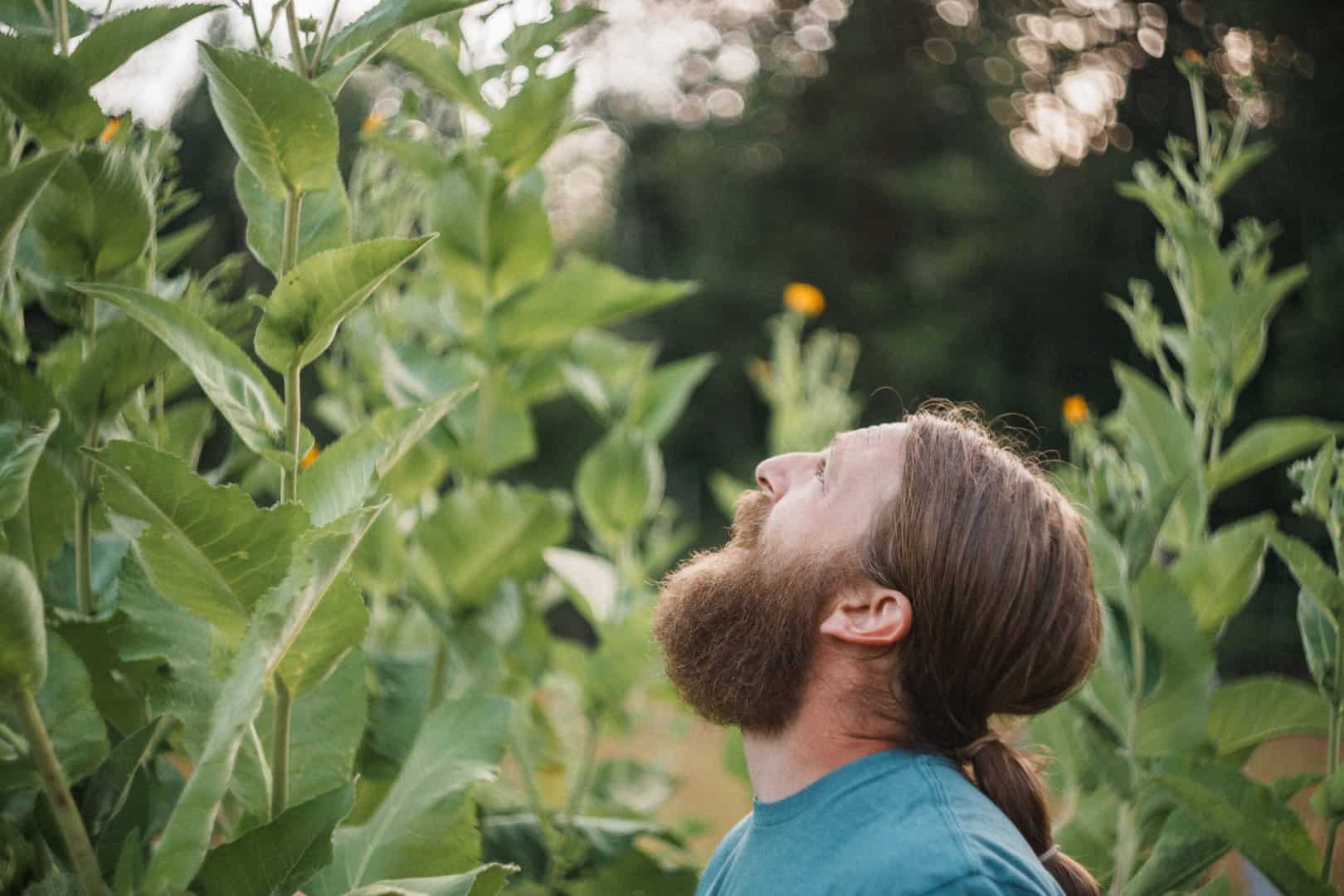
4. Study, Study, Study!
As you focus on one plant each month, I encourage you to read everything you can about the plant. Study its botany, chemistry, actions, energetics, organ system affinities, its relationship to the Chinese organ systems, the doshas of Ayurveda, and the tissue states of the Physiomedicalists. Learn about how the plant is used medicinally, what types of symptoms and diseases it benefits—BUT always relate this information back to its fundamental actions, tastes, energetics, and affinities.
At the end of the month, take EVERYTHING you have learned about the plant, both from your studies and your experience, and try your best to determine what the primary ruling Element, Planet, or Principle (or all three) would best relate to the plant.
Find a Sit Spot in Nature
I always say that the herbalist is first, foremost, and forever a student of nature and an apprentice to life itself. Our healing work is solely focused on working with life; the life of the plants, the person, the mind, organ systems, tissues, heart, and soul. Thus, to become an effective herbalist, it is critically important to study nature, and the only way to do that is to go out into nature.
So, find yourself a good spot to sit in where you can meld and relax into the natural world. This doesn’t mean you need to travel to the top of a mountain and set up camp. Actually, selecting a place near home is ideal. This way, you can visit there often, once a week at the very least. This place may be your backyard, a local park, a hiking trail, or another natural area. The defining characteristic of this place is that it’s somewhere you can sit and simply pay attention to the nature that is there. What birds do you notice flying? Where is the water flowing? How does the sun traverse the sky? What animal footprints do you see? When does the flora around you sprout, leaf, flower, and fruit?
Connecting yourself to the qualities of the seasons, the Elements, and the life of that place will become the greatest textbook in your repertoire. This is because you are not training your mind, but your heart. By becoming familiar with the ecological intelligence of the Earth, you learn to see this reflection within yourself, your remedies, and within the people you work with.
I recommend visiting your sit spot at least once a week and ideally once a day if possible. You should set aside a minimum of fifteen minutes, although an hour or so is best. While there, do absolutely nothing. This is an exercise not of the mind, but of the senses and the heart. While sitting there, become acutely aware of your surroundings. Study the nature around you with your eyes, ears, and most importantly, your feelings.
Allow the intelligence of the ecosystem to reach out and touch you while consciously reaching out from your heart and touching the Earth as well. Consciously connect yourself to it. Become a nothingness. A passive observer. An empty vessel so that nature can fill you.
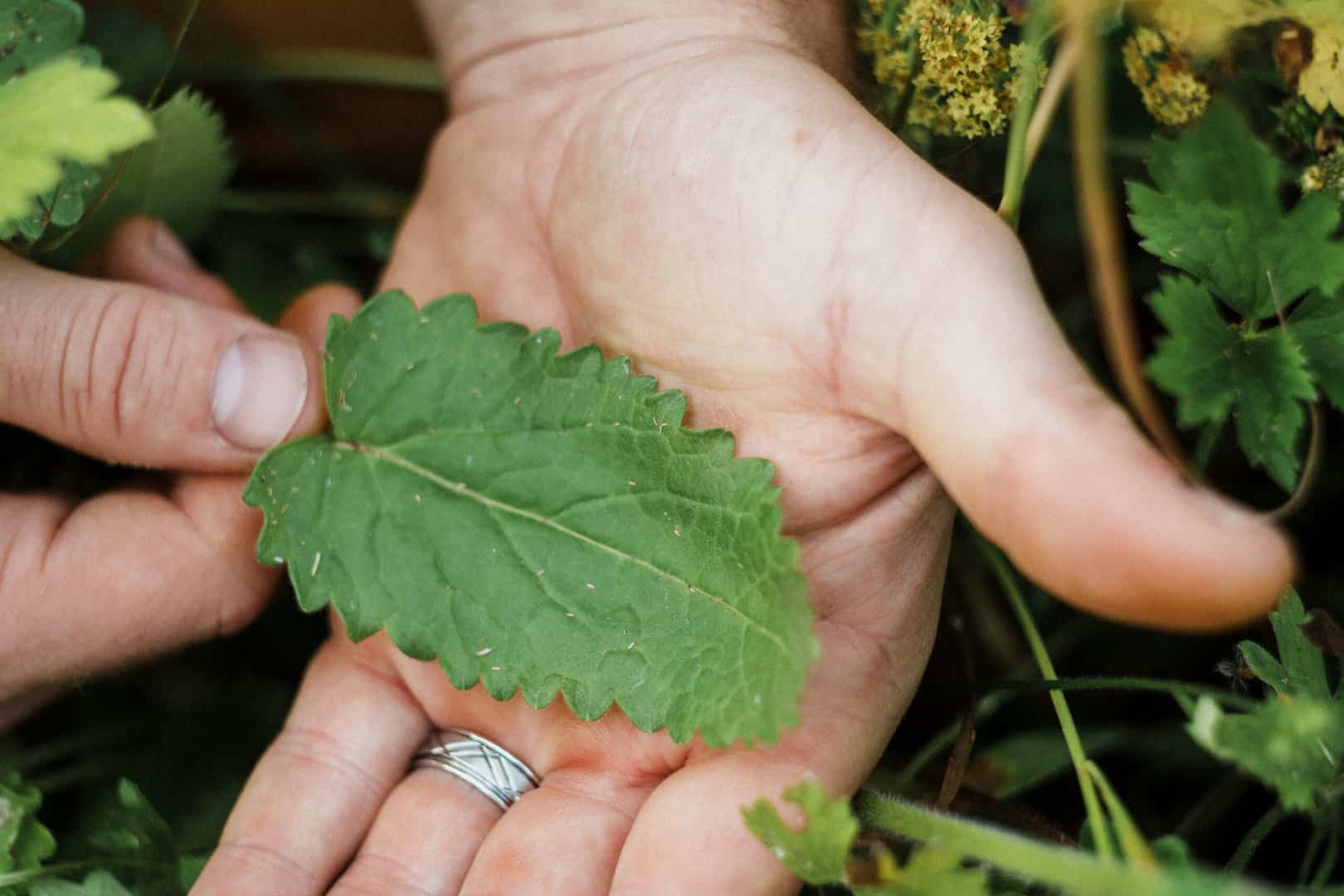
ID Your Local Medicinals
It’s always good to know your local plants, but with our modern global culture and materia medica, it’s easy to get sucked into the latest herbal fads and “must-have” plants from a distant land. In this process, we overlook and forget the medicine that grows right outside our front doors!
Schedule at least one day a month to get out into the woods and take a hike. Find yourself a good local plant ID book that is specific to your area and start determining the plants around you. This can expand beyond medicinal plants and into edible and wild foods or other plants with useful properties. The more you learn about your local ecosystem, the more you will feel connected with it. After all, if the proverbial sh*t hits the fan in the world, these are the plants you will have access to; it’s best to learn them now.
If you don’t feel confident in your ability to properly ID plants, consider finding a local herbalist to study with, take a local botany course, or plant ID class. Find some way to learn your local medicines. This step is critically important for all herbalists!!
See One Client a Month
If you have a calling to work with people, the only way to learn how to do this is by doing it! We all have family members, friends, co-workers, and acquaintances that we can practice herbalism with. I recommend putting yourself out there to people you know and telling them you’d like to start practicing your herbalism skills with them.
Every client you see is the best learning experience you can gain, far beyond anything you can learn in a book. I can’t begin to tell you how many herbalists I know who are completely overqualified to begin working with people, yet always feel that they need another training program, workshop, book, or apprenticeship before they can begin.
An inner blockage can develop when you postpone your practice for too long, a feeling of not being a good or competent enough herbalist. However, the issue is often a lack of confidence rather than competence. The only way to get over this block and increase your confidence is by taking the leap and working with people. The only way to learn how to heal others with plants is to simply get started.
Don’t hold yourself back! If you have a calling to heal people, put yourself out there to your friends, family, and community to support them in their healing.
Each person you see is an opportunity to learn about your plants, specific conditions and diseases, organ systems, tissue states, and constitutions more deeply. Essentially, it’s where all of the information you’ve learned comes together. This is where you put everything into action.
After all, what’s the point of learning all this stuff if you aren’t going to help someone with it?
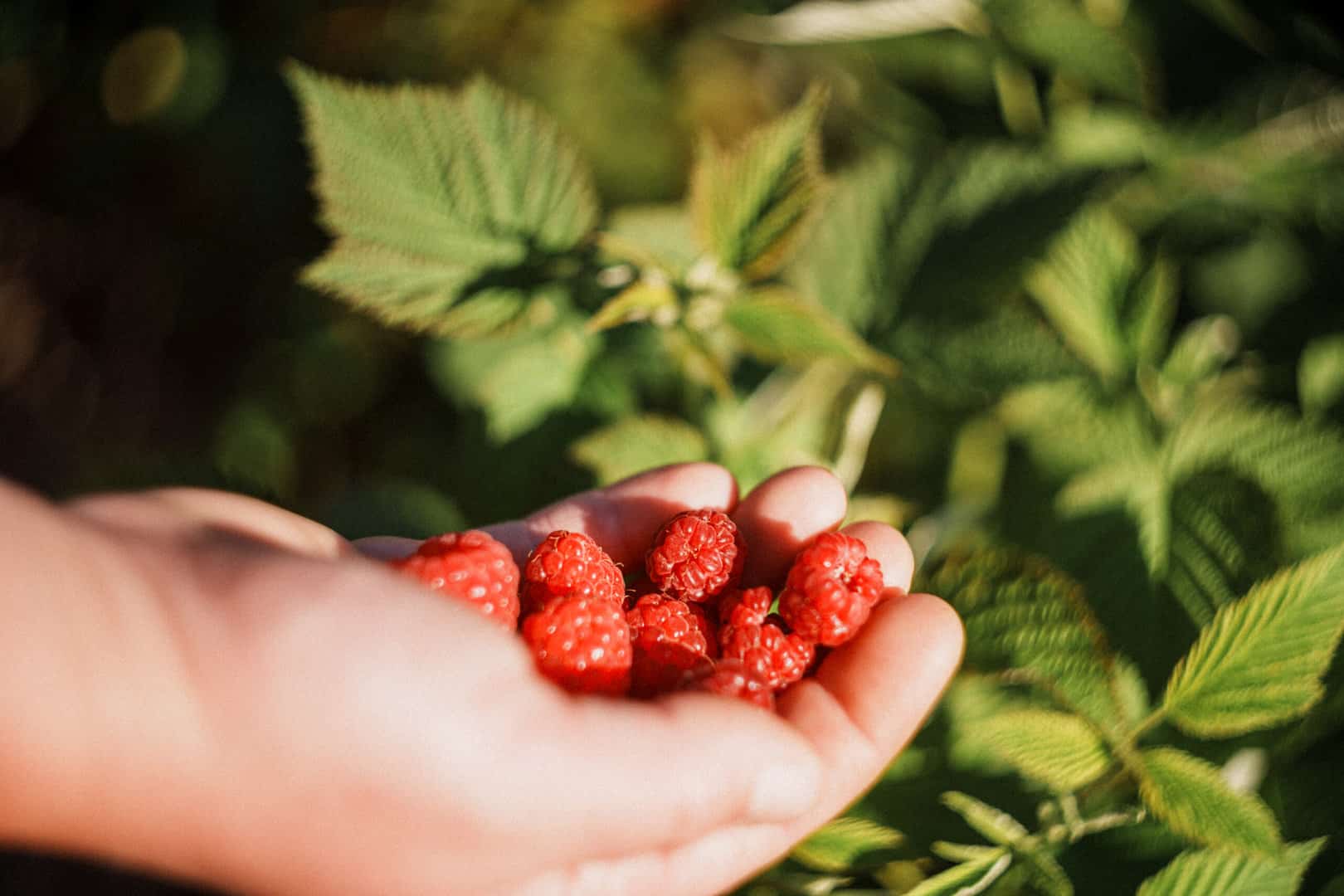
Elimination Diet
Okay, this is where I’m going to put you on a diet . . . Let’s face it, a lot of people out there in the modern world are not eating in a way that is healthy or supports optimal physiological functioning of the body. In fact, a lot of the modern diet can lead to pathology.
Over the last ten years of helping people, I’ve found that one of the most important therapeutic strategies to have in your toolbox is the Elimination Diet. More and more people out there are developing intolerances to certain foods they eat every day that contribute to their health conditions. From chronic digestive issues (constipation, diarrhea, gas, bloating, reflux, etc.), joint pain, musculoskeletal pain, and headaches, to stress, anxiety, tension, nervousness, depression, and chronic skin conditions like eczema or acne . . . what people put in their mouth every day can have broad-reaching adverse effects upon the body.
I learned about “the food intolerance triangle” from Paul Bergner, who teaches this system at his school. This triangle refers to a constellation of symptoms that often points to a potential food intolerance in the diet. These three points include digestive symptoms (any), musculoskeletal or skin symptoms (muscle pain, joint pain, rashes, eczema, etc.), and mood or energy symptoms (stress, anxiety, depression, fatigue, etc.) Keeping this on your mental dashboard can be a critically important guide in your work with people.
If you notice this constellation of symptoms, the best thing to do is run them through a six-week elimination diet. During this period, they will eliminate specific foods from their diet and gradually reintroduce them one at a time to screen for which ones are causing the problem. This is considered the gold standard of food intolerance and allergy testing and FAR surpasses any blood work. In fact, it is scientifically proven that food allergen blood tests are inaccurate.
While I was studying at Bastyr, they completed a study where they took the same person’s blood and sent it to multiple different labs for food allergen testing, and they all turned up with different results. But where it got really interesting was when they took the same person’s blood, sent it to the same lab under different names, and still got TOTALLY different results— tons of false positives and negatives. The only way to really know what foods someone is intolerant to is through an elimination diet and to see how the body responds based on symptomatic presentations, not what a lab test says.
The two primary foods to eliminate are dairy and gluten. If after six weeks things don’t clear up, check for soy, corn, or eggs. Eggs are a common source of skin conditions like eczema, while soy is for thyroid issues and headaches. Always make sure to screen for covert sources of these foods too. Some people don’t know that casein is a milk product and overlook that on ingredient lists. I always tell people on an elimination diet to eat veggies, fruit, and meat along with some rice and quinoa. Simplicity is key.
If you are going to have people complete this process, you need to experience it yourself first. I always encourage those who want to practice herbalism to study nutrition as well. You don’t need to obtain a degree, but you should always view food as medicine and incorporate this concept into the work you do.
So, six weeks . . . are you up for the challenge?
Expand Your Library
When researching medicinal plants, it’s critically important for you to have a broad spectrum of resources to draw upon. Different herbal texts often have different focuses and strengths, and as a result, specific weaknesses as well.
Hence, I believe it’s good to have a broad range of herbals on your shelf that possess these different approaches and perspectives. This way, when you study your twelve plants and write your monographs, you can integrate as much different information as possible together for a holistic and synergistic understanding of the plants.
I’ve been getting a lot of requests for book recommendations, so be sure to download this booklist PDF to get some specific book recommendations that cover different aspects of herbalism. I divided it into different sections so you can broaden your library in a way that will give you the tools and resources you need to learn what you want and need to learn.
Community Learning
While I’ve been putting a lot of focus on developing your own personal experiences with the herbs here, it’s also important to realize that other people have their experiences as well that we can learn from. This is where community comes into the equation.
A great way to get other people’s insights and knowledge of plants is by starting a local herbal study group. Using the questions listed below, you can form a small group of plant-inclined friends to nerd out together about herbs. Perhaps you can do the tasting exercise together and share your experiences, or you can all study the same herb each month and compare your notes at the end of it.
I encourage you to start building local community around herbs as an opportunity to grow together. (And hopefully make some new friends in the process.)
Determine Your Gaps
The above points lend some insights on how you can optimize the next twelve months of your herbal studies to take your work with herbs to the next level of precision, accuracy, and efficacy, thereby building your confidence and competence as an herbalist.
But we are all at different chapters on the plant path. Some of us are just getting started, some have been doing this for a long time, and others are still somewhere in between. So I want to close this lesson by providing you with some insightful questions that will help you reflect on your plant path and determine what you need to focus on in your studies to move forward in the best way possible.
I encourage you to take the time necessary to reflect and journal about these questions so they can best help you identify which gaps you have in herbalism. This is a bit of a test, but it will help you know where you need to focus with your studies for the next twelve months.
- How would you define your current skill level in herbalism? Are you a total beginner? Intermediate? Advanced?
- What is your vision for your practice of herbalism, and how do you foresee yourself applying your knowledge and understanding of medicinal plants? Do you want to see clients? Wildcraft plants? Make medicine?
- Can you adequately identify the six different primary tastes of medicinal plants, their general properties, organ affinities, and actions? Can you list at least three plants that embody each taste? If not, then focus on refining your understanding of the tastes and their associated properties.
- Are you confident in your understanding of herbal actions? If you were to see a list of actions associated with a plant, could you decipher its properties and how it would primarily be used medicinally? For example, if a plant is: carminative, circulatory stimulant, spasmolytic, diuretic, and expectorant, could you understand what that plant is doing? If not, focus on really learning your herbal actions in more depth.
- Do you understand what herbal energetics means, the three primary qualities, and how they each have a polarity that is critical to understanding a plant holistically? If you were to take an herb for a period of time, could you decipher its energetic patterns? Can you list at least three herbs that have one of the six energetic dynamics? If not, focus on understanding the three primary qualities, their polarities, and which herbs embody those energetic dynamics.
- Have you ever prepared an herbal medicine before? This could be infusions, decoctions, oils, tinctures, spagyrics, etc. Do you feel like you could look up a plant’s biochemical profile and know either directly, or have resources to reference, how to best extract that plant? If not, then focus on your medicine making skills (see book recommendations here)
- Can you identify at least ten medicinal plants that grow in your immediate bioregion? If not, focus on learning some more of your local herbs and how to properly identify them.
- Do you feel confident in your ability to work with a client? Do you feel like you understand how to ask them the right questions that point you in the direction of knowing what types of remedies and suggestions you can make to improve their overall health and wellbeing? Do you have any knowledge of holistic evaluation skills such as pulse, tongue, facial lines, medical astrology, iridology, etc.? If not, focus on developing intake, interview, and assessment skills.
- Do you know how to put together an intelligently designed herbal formula? When you formulate, do you feel like you are throwing herbs in the bottle at random, or is each plant selected for a very specific and intentional reason? When formulating, are you considering the net actions, energetics, and affinities of the individual herbs, as well as the wholeness of the formula? If not, focus on refining your formulation skills.
- Do you feel like you have a decent grasp on the physical body, its anatomy and physiology, location of organ systems and tissues, and their general functions? Do you feel like you can discern underlying tissue states based on symptomatic presentations? If not, focus on learning some anatomy, physiology, and refining your understanding of tissue states.
If you take the time to really reflect upon these questions, you should receive immediate insight on where you currently stand on your plant path and what skills you need to learn to advance more rapidly. Sometimes it’s important to take a step back and assess where you are at so you know where you need to focus to move forward. Hopefully these simple questions provide some clarity for you on that. In conjunction with the book resources, you’ll have some additional study materials to help you along your way.
At The School of Evolutionary Herbalism we are here to support you in any way we can on your plant path. So please never hesitate to drop us a line at [email protected] so we can hear your insights on how we can serve you better.
Because in the end, I truly care about your learning process with the plants and want you to receive everything you need to go out into the world and be of service to humanity through the healing power of plants—something that is so needed during these rapidly changing and challenging times.
PS: We’ve been busy working hard over here on a new workshop that’s going to be hitting your inbox on January 9th. So be sure to save the date and join the waitlist below for The Herbal Monograph Map workshop.


